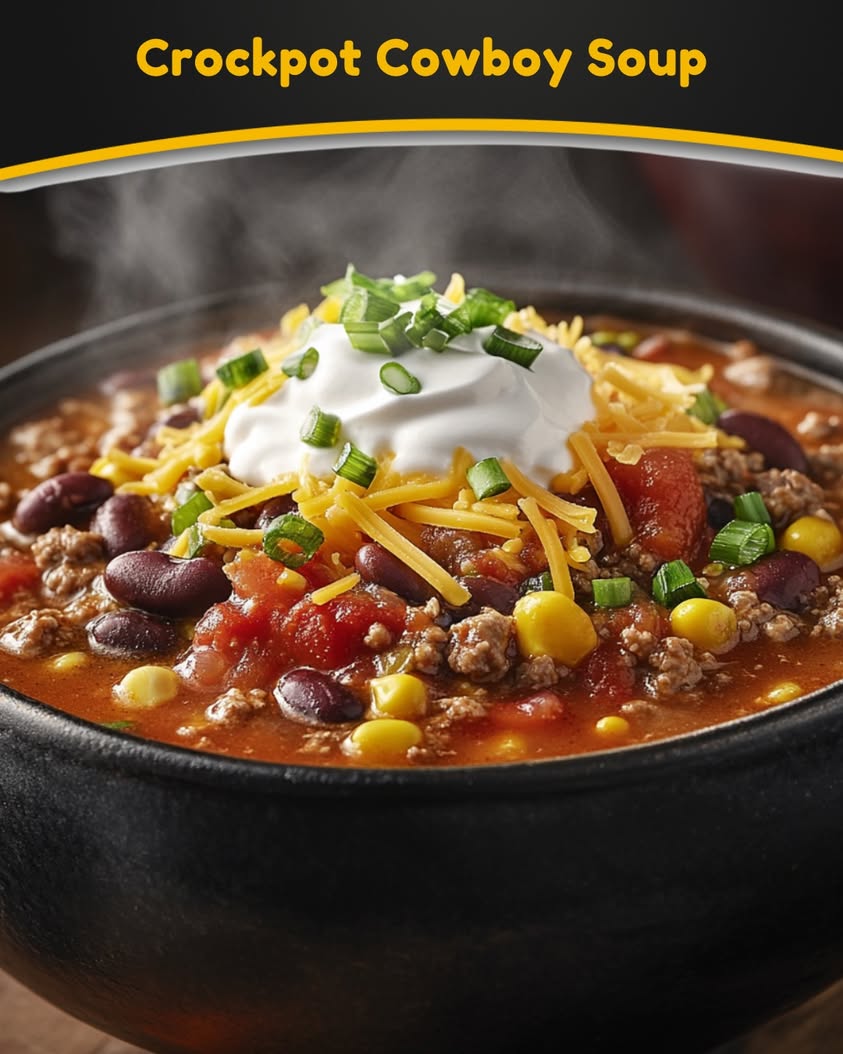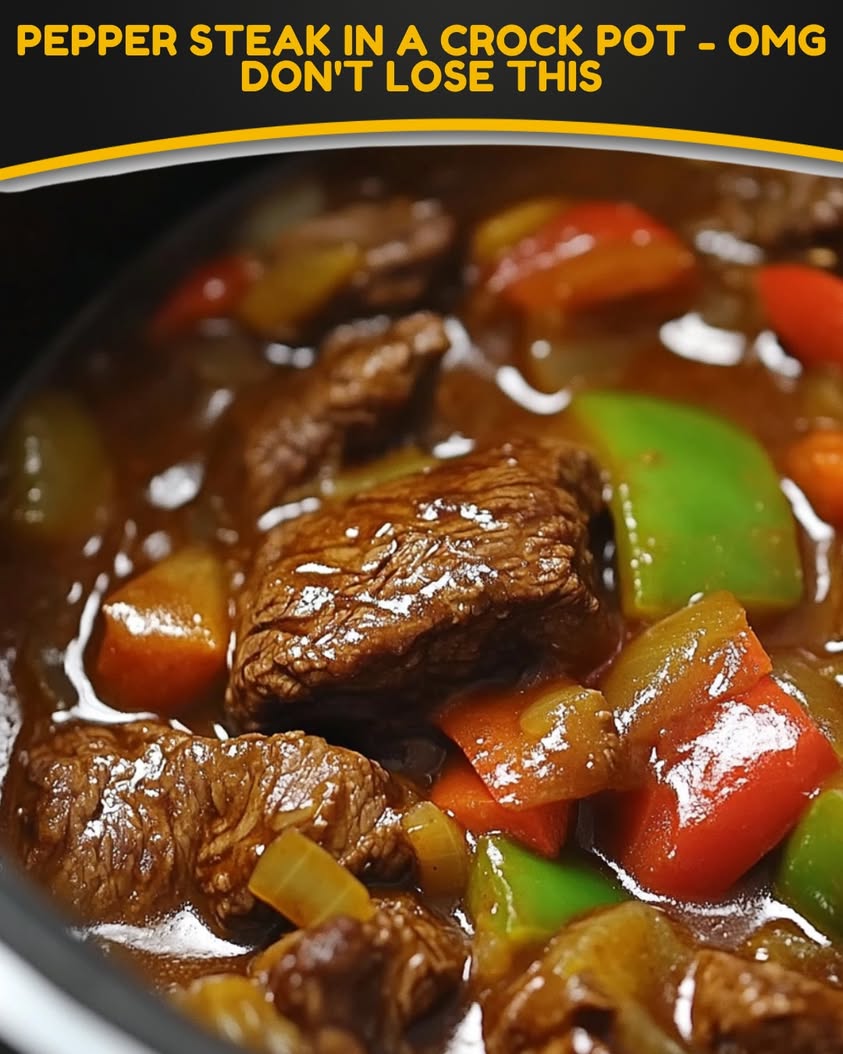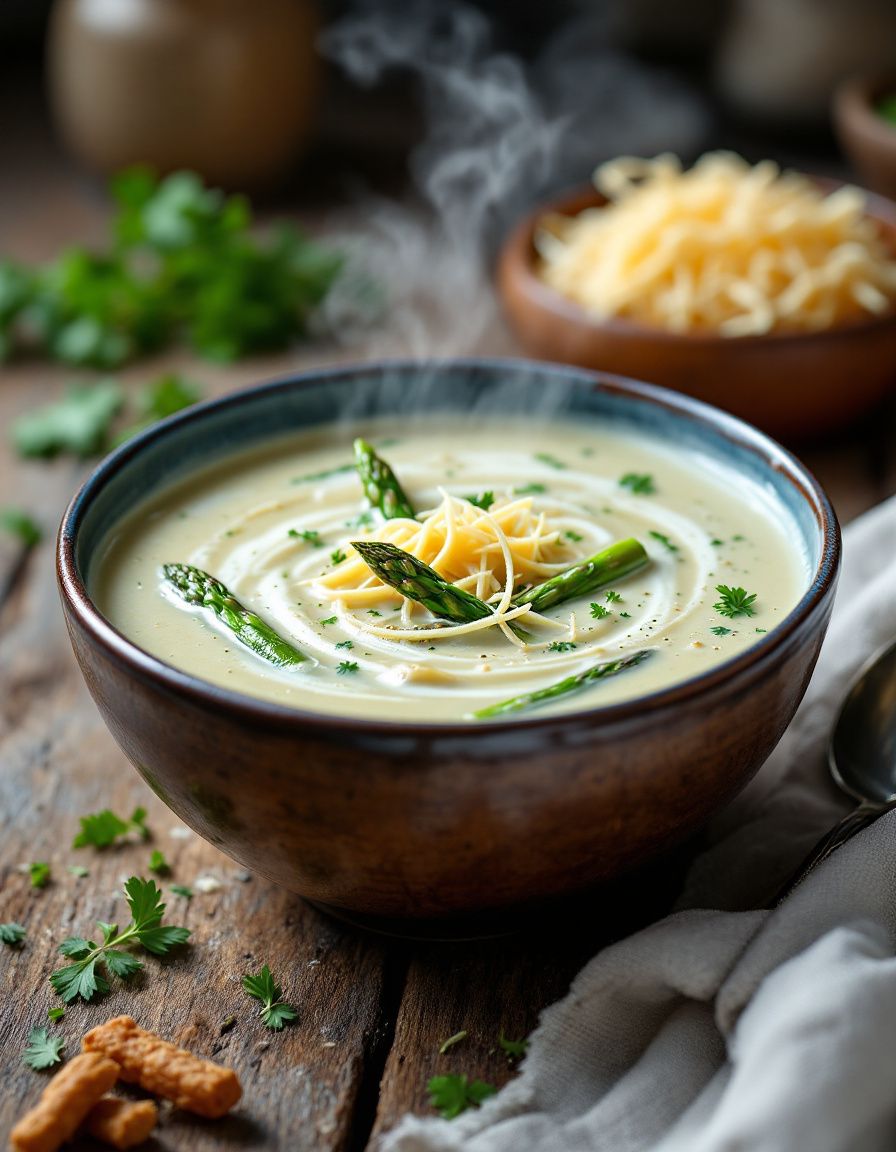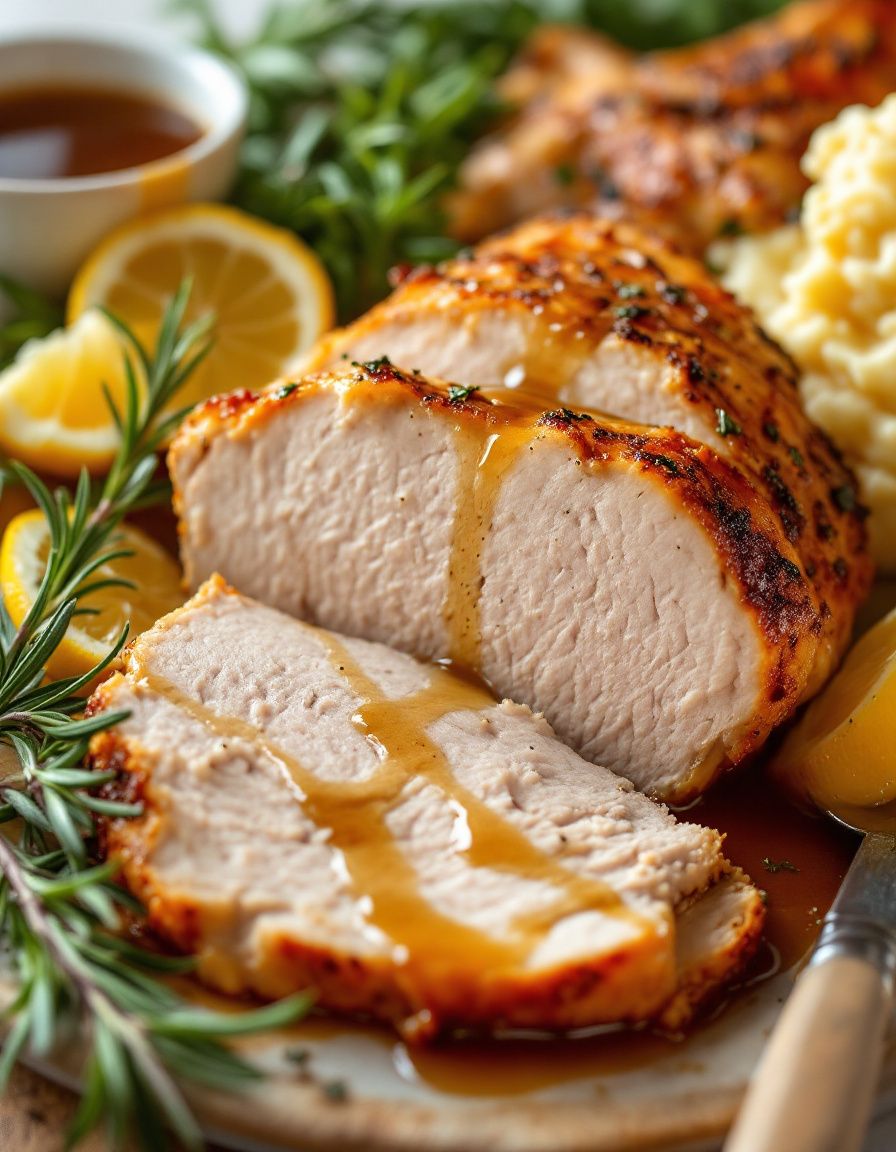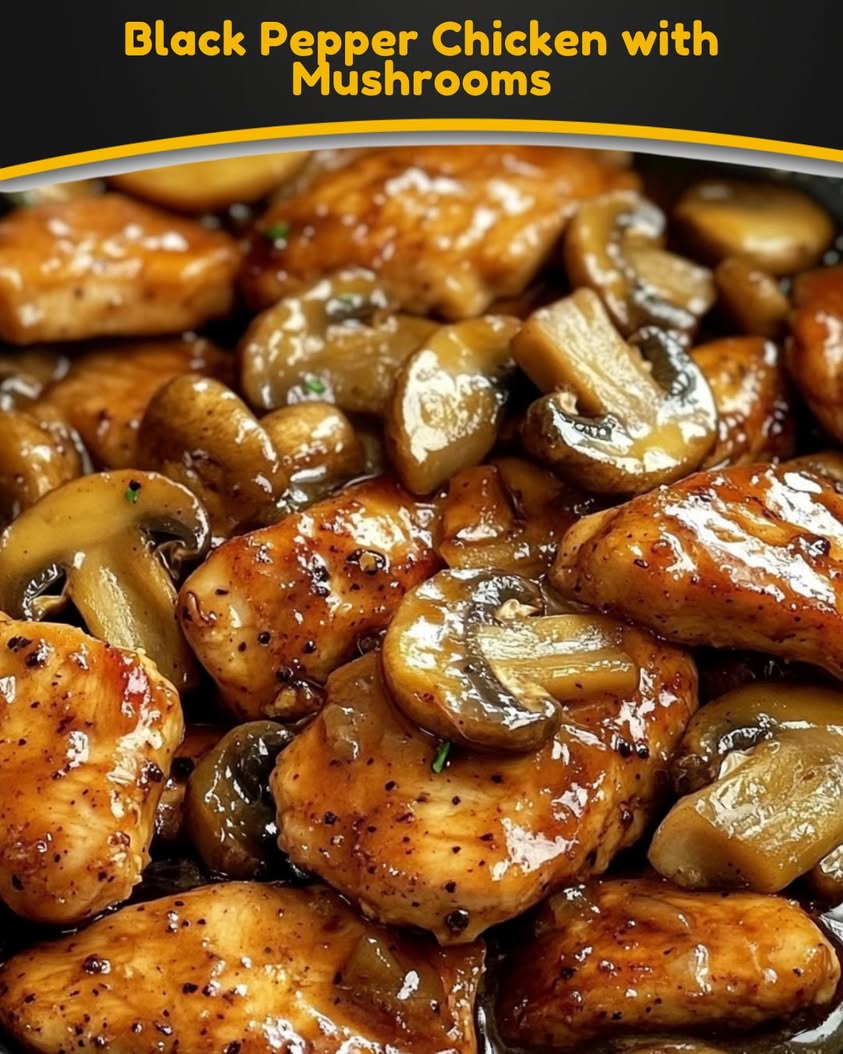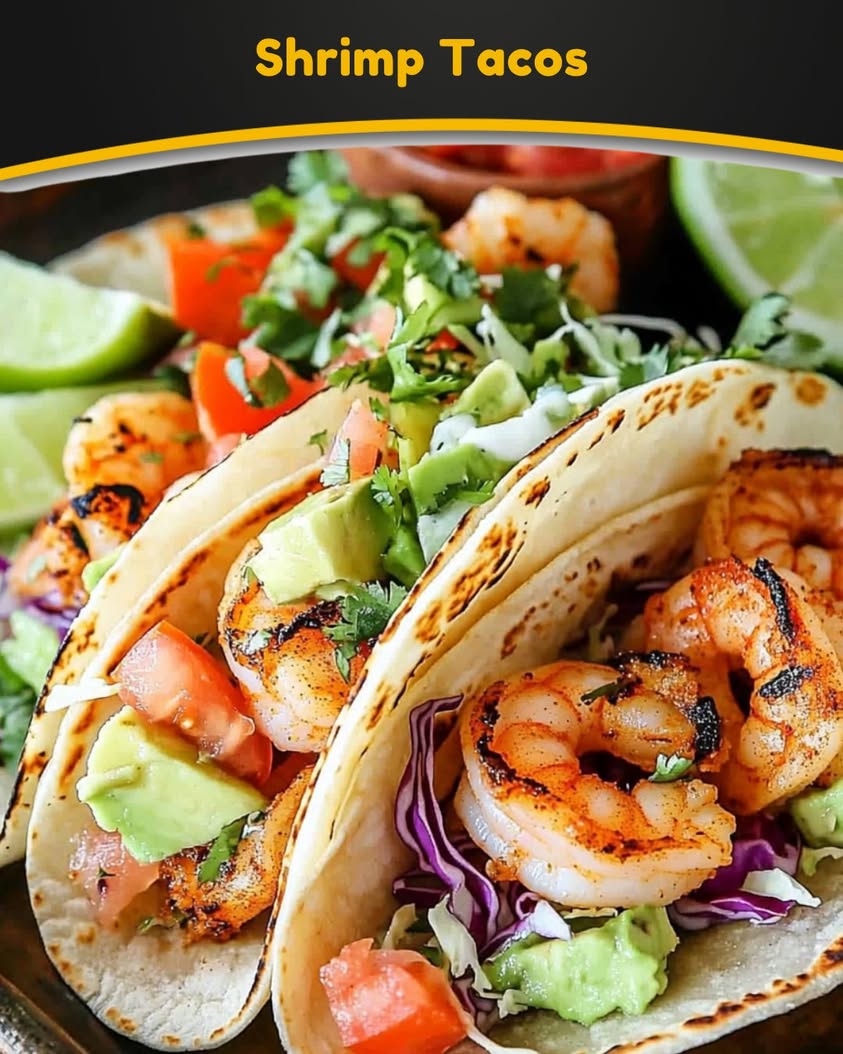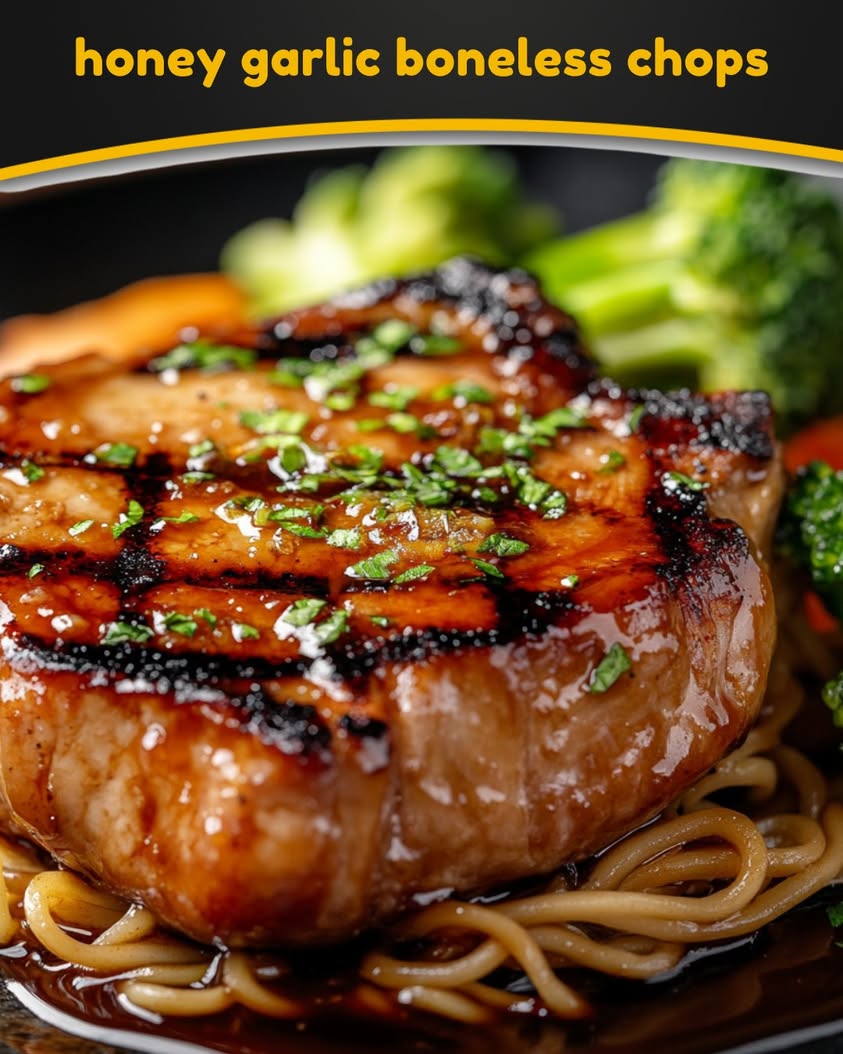Crockpot Cowboy Soup: The Ultimate Comfort Food
Crockpot Cowboy Soup is a hearty and savory dish that embodies the rich flavors of American cowboy cuisine. This delightful recipe combines tender ground beef, hearty beans, and a mix of colorful vegetables, all slow-cooked to perfection. As the ingredients meld together, they create a comforting aroma that fills your home, making it the perfect dish for chilly evenings or family gatherings. A bowl of this soup warms not just your body but also your spirit, beckoning everyone to the table for a satisfying meal.
This cowboy soup is not only delicious but also incredibly easy to prepare. Just toss all the ingredients into the Crockpot, set it on low, and let the magic happen! The beauty of this recipe lies in its simplicity and the opportunity to customize flavors to your liking. Want a bit more spice? Add jalapeños. Looking for an extra kick? Throw in some chili powder. The possibilities are endless, making this a go-to recipe for any occasion. Gather your friends and family for a shared experience that celebrates rustic flavors and comforting home cooking.
Quick Recipe Highlights
- Flavor Profile: This soup features a robust blend of beefy goodness with the subtle sweetness of bell peppers and onions, balanced by the earthiness of beans.
- Texture: Enjoy the delightful contrast between tender, slow-cooked meat and the hearty crunch of fresh vegetables.
- Aroma: The fragrant notes of garlic and spices will fill your kitchen, inviting everyone to come and join the feast.
- Visual Appeal: With its vibrant colors from the array of vegetables, this soup is as visually stunning as it is delicious.
- Skill Level Needed: Perfect for novice cooks and seasoned chefs alike, this recipe requires minimal culinary expertise.
- Special Equipment: The only specialized equipment needed is a trusty Crockpot, making this recipe accessible to everyone.
Recipe Overview
- Difficulty Level: As an easy-to-follow recipe, Crockpot Cowboy Soup is perfect for both beginner cooks and those seeking a low-effort meal.
- Category: This falls under the category of soups and stews, ideal for one-pot meals that are satisfying and delicious.
- Cuisine: Drawing inspiration from traditional cowboy foods, this soup reflects the heartiness and simplicity of American frontier cooking.
- Cost: Ingredients are budget-friendly, typically costing less than $20 for a full batch, making it a great choice for families.
- Season: Perfect for any season, this soup shines in fall and winter when warm, hearty meals are most welcome.
- Occasion: Ideal for family dinners, tailgate parties, or as a cozy meal after outdoor activities.
Why You’ll Love This Recipe
This are just a taste of the many reasons why Crockpot Cowboy Soup will become a staple in your kitchen. First, the taste and texture appeal is outstanding, with every spoonful offering a satisfying combination of flavors and mouthfeel. The convenience of cooking with a Crockpot allows you to prepare your ingredients in advance, making mealtime prep a breeze.
Not only is this soup delicious, but it also offers nutritional advantages thanks to its balance of protein, fiber, and vitamins. Made with wholesome ingredients, it’s a meal you can feel good about serving to family and friends.
Crockpot Cowboy Soup is also a fantastic dish for social gatherings. Its hearty nature and simplicity make it a centerpiece dish that encourages sharing and conversation. Adding to its value, this recipe serves multiple people at a low cost, making it an economical choice for any gathering.
Moreover, this soup is incredibly versatile, allowing for easy adaptations based on dietary preferences and seasonal availability of ingredients. Whether you want to spice it up or make it more veggie-packed, the sky’s the limit!
Lastly, the accessibility of this recipe makes it a favorite among busy families. Just set it in the morning and come home to a delicious, ready-to-eat meal, saving both time and energy during hectic weekdays.
Historical Background and Cultural Significance
Crockpot Cowboy Soup has its origins rooted in the practical cooking traditions of the American frontier. Cowboys needed meals that were hearty and sustaining, and soups were a common choice due to their easy preparation and ability to feed a large group. Over time, this style of meal evolved into the comforting soup we know today, often made with whatever ingredients were on hand.
The cultural importance of this recipe cannot be overstated; it symbolizes the spirit of hospitality and the joy of sharing a hearty meal. In addition to its rustic roots, it reflects regional variations that showcase unique flavors from across America, turning a simple dish into a gathering of diverse culinary traditions.
As the recipe has evolved, so too have the ingredients, with modern versions often tailored to meet health trends and preferences. This adaptability not only honors the traditional roots but also caters to contemporary palates that crave wholesome and nutritious meals.
Regional variations abound, with many incorporating local favorites such as beans, corn, or seasonal vegetables, each adding a unique twist to the classic recipe. This flexibility allows Crockpot Cowboy Soup to stay relevant and beloved across generations, connecting people through shared meals and memories.
Ingredient Deep Dive
Ground beef is a primary ingredient in Crockpot Cowboy Soup, often chosen for its rich flavor and protein content. Not only does it provide a hearty base for the soup, but it also allows for various substitution options, such as turkey or lentils for a healthier or vegetarian alternative. When purchasing ground beef, look for leaner cuts to reduce grease and enhance flavor. Fresh or grass-fed varieties boast higher nutritional value and richer taste.
Beans are another crucial component, adding both texture and nutrition to the dish. Commonly used varieties include kidney, black, or pinto beans, all of which provide ample protein and fiber. Plus, they are a staple in many cultures due to their versatility and affordability. Store dried beans in a cool, dry place, and soak them overnight before cooking for optimal texture.
Common Mistakes to Avoid
- Overcooking the ingredients can lead to mushy vegetables and loss of flavor, so be sure to monitor timing according to your Crockpot settings.
- Not browning the ground beef beforehand might prevent a richer flavor; take a few extra minutes to cook it in a skillet first for the best result.
- Using low-quality canned goods can significantly impact the overall taste, so opt for organic or higher-quality products when possible.
- Skipping the seasoning step can lead to a bland soup; taste as you go and adjust spices according to your preference.
- Adding too much liquid can dilute the flavors; make sure to follow the recommended liquid amounts in the recipe.
- Not letting the soup sit for a while after cooking can prevent flavors from developing fully; try to let it sit for at least 15 minutes before serving.
- Using cold ingredients will lower the cooking temperature; allow all ingredients to come to room temperature for better cooking results.
- Neglecting to stir occasionally can prevent even cooking; give it a gentle stir halfway through cooking time to combine flavors.
- Not having a lid on the Crockpot can lead to evaporation, causing the soup to dry out.
- Failing to prepare garnishes can miss adding a fresh finishing touch that enhances both visual appeal and flavor.
Essential Techniques
One essential technique for making Crockpot Cowboy Soup is browning the ground beef before adding it to the Crockpot. This step is crucial because it develops a deeper flavor profile through the Maillard reaction. To master this, utilize a cast-iron skillet, as it provides excellent heat retention. Be careful not to overcrowd the pan, as that can lead to steaming instead of browning.
Another important technique is knowing how to layer your ingredients properly in the Crockpot. Place sturdier items like potatoes and carrots at the bottom, and more delicate ingredients like bell peppers towards the top. This will ensure even cooking, as denser ingredients take longer to soften. Keep an eye on the cooking time and adjust according to your specific appliance for optimal results.
Pro Tips for Perfect Crockpot Cowboy Soup
Add in frozen corn or diced tomatoes in the last hour of cooking for extra sweetness and acidity.
For a vegetarian version, substitute the ground beef with plant-based meat or additional beans for protein.
Experiment with different beans to change the flavor profile; try chickpeas or cannellini for a unique twist.
Consider adding a splash of Worcestershire sauce for an extra depth of flavor that complements the beef beautifully.
If you prefer a spicy kick, add diced jalapeños during the cooking process or serve sliced jalapeños on the side.
Garnish with fresh cilantro or green onions just before serving for a pop of freshness that complements the dish.
For a creamier soup, stir in a dollop of sour cream or Greek yogurt right before serving.
Ensure to serve it with crusty bread or cornbread to soak up every last drop of the delicious broth.
Variations and Adaptations
Regional variations of Crockpot Cowboy Soup can include local ingredients such as corn or specific types of beans prevalent in different cultures.
Seasonal adaptations might involve using fresh summer vegetables like zucchini or squash, allowing the recipe to change with the seasons.
For dietary modifications, vegan options are easy to implement by replacing beef with lentils or veggie crumbles, enhancing the nutritional value while maintaining flavor.
Flavor variations can be introduced by experimenting with different spices such as smoked paprika or cumin for a smokier flavor.
Texture modifications might include pureeing a portion of the soup to create a creamy base while keeping some chunks for substance.
Finally, presentation alternatives can elevate your dish, such as serving in mason jars for a rustic look or in fancy bowls for an elegant dinner.
Serving and Presentation Guide
For plating, use shallow bowls that emphasize the colorful ingredients and allow for easy access to the flavorful broth.
Garnish with fresh herbs like parsley or cilantro for a bright pop of color that enhances the visual appeal.
Pair your soup with traditional accompaniments like cornbread or tortilla chips for added crunch and texture.
Modern serving suggestions might include a sprinkle of fresh cheese on top or a side of pickled jalapeños for an extra kick.
Temperature considerations are important; serve your soup hot, but allow it to cool slightly to enhance flavors and avoid burning mouths!
Portion control tips recommend using ladles that pour the right amount into each bowl, ensuring everyone gets a fair share.
Wine and Beverage Pairing
When pairing wine with Crockpot Cowboy Soup, consider a robust red wine such as Cabernet Sauvignon, which complements the hearty flavors beautifully.
For non-alcoholic alternatives, a homemade iced tea with lemon can provide a refreshing contrast to the rich soup.
If you prefer something warm, a spiced apple cider makes a cozy companion, especially during the colder months.
Temperature considerations for serving are essential; wines should be slightly chilled, while spiced beverages should be served warm to retain their flavors.
Serving suggestions could include a wine flight for those who wish to enjoy different profiles or mocktail variations for non-drinkers.
Storage and Shelf Life
Store remaining Crockpot Cowboy Soup in airtight containers, placing them in the refrigerator if consuming within a few days.
For longer storage, consider freezing portions in freezer-safe containers, which can last up to three months without significant loss of flavor.
Signs of spoilage to watch out for include an off smell or unusual surface textures, indicating that the soup should be discarded.
Reheating instructions recommend warming on the stovetop over low heat, stirring frequently for even heating, or using the microwave for quick servings.
Freezing guidelines suggest allowing the soup to cool completely before transferring to avoid condensation, which can make the soup watery when thawed.
Make Ahead Strategies
Prep timeline should include chopping vegetables and measuring spices ahead of time, making it easy to combine everything in the morning.
Storage between steps is easy; simply keep chopped ingredients in the fridge until ready to cook.
Quality impact assessment reveals that while some ingredients are best added fresh, the bulk of the soup can be assembled without losing taste.
Assembly tips involve prepping meat and vegetables separately to ensure even cooking and flavor distribution.
Reheating guidelines align with the previous section; slow reheating enhances flavors that deepen over time.
Consider adding fresh elements like avocado or cheese just before serving for the best taste and texture experience.
Scaling Instructions
To halve the recipe, simply divide all ingredient amounts by two, ensuring that cooking times remain consistent for flavor retention.
For doubling or tripling the recipe, ensure your Crockpot is large enough to accommodate the extra volume, as sizes can greatly differ.
Equipment adjustments may include using multiple smaller Crockpots if necessary to handle increased ingredients.
Timing modifications should be made carefully; larger batches can sometimes take longer to reach the desired temperature and texture.
When scaling, also consider storage considerations; more servings require larger containers for leftovers!
Nutritional Deep Dive
A macro breakdown of Crockpot Cowboy Soup reveals a healthy balance of proteins, fats, and carbohydrates, making it a filling meal.
Micronutrient analysis showcases a variety of vitamins from vegetables like bell peppers and tomatoes, promoting overall health and well-being.
The health benefits of this soup extend to its fiber content, which aids digestion and ensures a feeling of fullness.
Dietary considerations are crucial for those with specific needs; this soup can be easily modified for gluten-free or low-carb diets.
Portion analysis can help in weight management, allowing individuals to enjoy a hearty meal without overindulging due to its high fiber and protein content.
Dietary Adaptations
For a gluten-free version, ensure all ingredients like broth or canned goods are certified gluten-free.
Dairy-free adaptations are simple; coconut cream can be used instead of sour cream to provide creaminess without dairy.
For a vegan option, replace animal proteins entirely with legumes or tofu, enhancing both protein and fiber supplies.
Low-carb variations can feature cauliflower rice instead of traditional grains, dramatically reducing carbohydrate content.
Keto-friendly adaptations are achievable by limiting higher-carb vegetables while emphasizing protein-rich options.
Paleo applicants can easily achieve compliance by excluding beans and opting for wholesome ingredients such as squash.
Low-FODMAP modifications can be made by forgoing beans and certain onions, making the recipe friendly for sensitive digestive systems.
Other specific diets can often integrate with this soup by substituting primary components while retaining core flavors.
Troubleshooting Guide
If you encounter texture issues, adding a bit of liquid during cooking can help maintain the desired consistency without becoming overly thick.
Flavor balance on the palate may sometimes be off; if it tastes bland, consider adding a pinch of salt or a dash of acid to brighten it up.
Temperature problems can arise if the Crockpot isn’t set adequately; confirm that settings correspond to the duration you’re cooking.
Equipment challenges, such as uneven cooking, can be addressed by ensuring that the Crockpot is not overcrowded, allowing heat to circulate.
Ingredient substitutions can lead to unexpected flavors; sticking to the recommended types ensures the integrity of the dish.
Timing concerns should always involve checking the doneness of solid ingredients like potatoes earlier to prevent overcooking.
Recipe Success Stories
Community feedback has shown that many readers have enjoyed this Cowboy Soup, often sharing their favorite variations or tweaks to the original recipe.
Variation successes highlight how adaptable this dish is, with numerous individuals sharing their new flavor profiles derived from the base recipe.
Adaptation stories often involve creative substitutions due to dietary restrictions or personal tastes that still yield a delightful result.
Reader photography tips have helped many create stunning presentations, inspiring others to recreate the recipe for their culinary adventures.
Frequently Asked Questions
Can I use frozen vegetables in this recipe? Absolutely! Frozen vegetables are a great time-saver and will cook perfectly in the Crockpot. Just make sure to add them in the last hour to keep some texture.
How can I thicken my Cowboy Soup? If you prefer a thicker consistency, you can mash some of the beans in the soup or add a cornstarch slurry (1 tablespoon of cornstarch mixed with 2 tablespoons of water) during the last half hour of cooking.
Can I make Cowboy Soup ahead of time? Yes! This soup is an excellent dish to make ahead. Prepare and store it in the fridge for up to three days before reheating.
Is it possible to freeze the soup? Yes, Cowboy Soup freezes well. Let it cool, place it in airtight containers, and freeze for up to three months.
How long will leftovers last? Properly stored leftovers can last up to three days in the fridge, or up to three months in the freezer.
What type of meat can I substitute? Ground turkey or even shredded chicken can work as a substitute for ground beef, giving a different flavor profile while keeping it healthy.
Can I use homemade broth for this recipe? Absolutely! Homemade broth adds a lovely depth of flavor and nutrition to your soup.
What can I do if the soup is too spicy? You can balance the heat by adding a dollop of sour cream or yogurt, which will cool the spice level down.
Is it necessary to brown the meat? While not absolutely necessary, browning the meat enhances its flavor and gives a richer taste to the overall dish.
Can I omit the beans? Yes, you can omit the beans, or substitute them with another protein source like diced chicken for a different take.
How can I add more veggies? Feel free to add seasonal vegetables or any favorites like spinach, kale, or zucchini for added nutrition!
Is this a low-carb meal? While traditional Cowboy Soup can be higher in carbs due to beans, you can make it low-carb by omitting beans and using cauliflower rice instead.
Additional Resources
Explore related recipes that pair beautifully with Crockpot Cowboy Soup, such as homemade cornbread or fresh salads, to create a well-rounded meal.
Check out technique guides that cover cooking with a Crockpot and tips for effective meal prep to maximize your cooking time.
Ingredient information is crucial for optimizing this recipe; understanding the best types of vegetables and meats can enhance your dish.
Equipment recommendations can help you choose the right Crockpot for your needs, ensuring you achieve the best cooking results.
Seasonal variations could include recipes adjusted for summer or fall, providing alternative ingredients that celebrate each season’s bounty.
Join the Conversation
Share your experiences with Crockpot Cowboy Soup on social media using our hashtag, and don’t forget to post your delicious photography tips!
We encourage you to leave reviews and feedback, sharing how this recipe fits into your family traditions or gatherings.
Engage with our community by sharing your variations or adaptations of this recipe, inspiring others to explore their culinary creativity.
Let’s celebrate our love for cooking by trying new things and fostering a connection through food!
The Recipe
Crockpot Cowboy Soup
Serves: 6
Prep Time: 15 mins
Cook Time: 6 hours
Total Time: 6 hours 15 mins
Kitchen Equipment Needed
- Crockpot
- Skillet
- Cutting board
- Kitchen knife
- Measuring cups and spoons
- Ladle
Ingredients
- 1 pound ground beef
- 1 can (15 ounces) kidney beans, drained and rinsed
- 1 can (15 ounces) black beans, drained and rinsed
- 1 can (15 ounces) diced tomatoes
- 1 cup corn (fresh or frozen)
- 1 bell pepper, chopped
- 1 onion, chopped
- 2 cloves garlic, minced
- 2 teaspoons chili powder
- 1 teaspoon cumin
- Salt and pepper to taste
- 3 cups beef broth
Directions
- In a skillet, brown the ground beef over medium heat, then drain any excess fat.
- Add the browned beef to the Crockpot along with all remaining ingredients.
- Stir to combine, ensuring all ingredients are well-mixed.
- Cover and cook on low for 6 hours, or high for 3 hours.
- Adjust seasoning before serving, adding more salt, pepper, or spices as preferred.
- Serve hot and enjoy with your favorite sides.
Recipe Notes
- For a vegetarian option, substitute ground beef with lentils or vegetarian crumbles.
- Feel free to add any seasonal vegetables like zucchini or carrots.
- Leftovers can be stored in the fridge for up to 3 days or frozen for longer storage.
